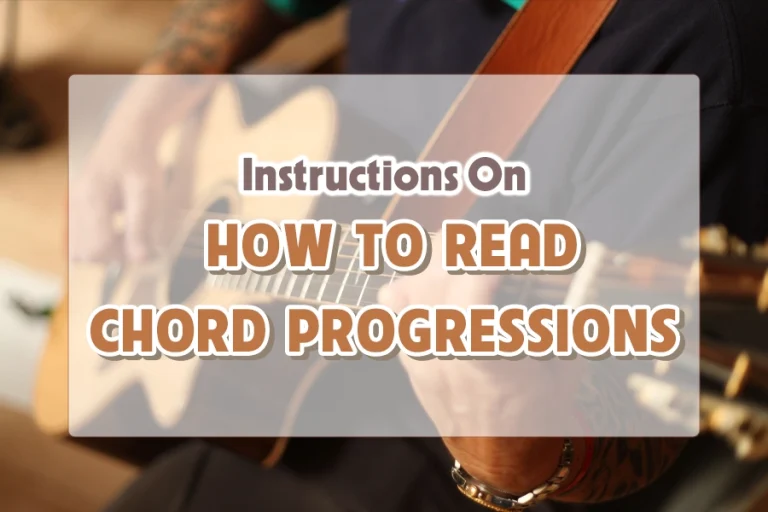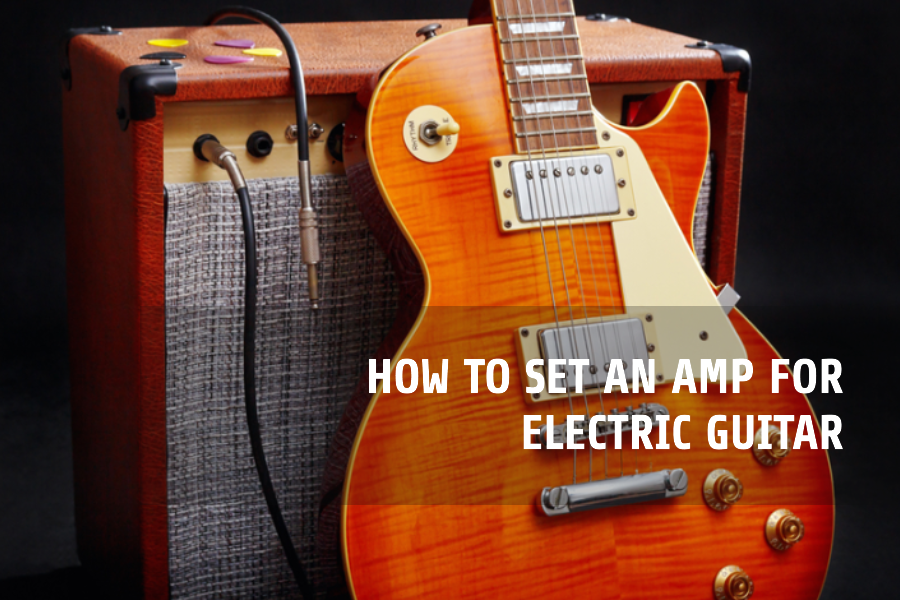
We’re diving straight into a topic that’s close to every electric guitar player’s heart: setting up your amp. Yes, I’m talking about the equipment that can make your guitar go from whisper-quiet to arena-rocking loud, all the while defining the very soul of your sound.
You’ve probably heard a million opinions on which amp is the best for what style. Metalheads, blues aficionados, rockers, and jazz cats all have their favorites. But here’s a little secret—finding the right sound is less about the amp you have and more about how you use it. It’s all in the setup that we’’ guide you to find your sound with your electric guitar.
What’s on the amp: Exploring Your Amplifier
Whether you’ve just unboxed your first amp or you’re looking to get a bit more familiar with that piece of equipment. Understanding what’s on your amp is key to unlocking sound possibilities. So, let’s break down the essential components of your amp below:
Power Switch: First off, the power switch. It’s your amp’s wake-up call, located on the front, top, or—if luck isn’t on your side—the back. For those rocking tube amps, you might also spot a ‘standby’ switch. This gem lets the valves warm up, ensuring your amp sounds its best without putting the speaker to work just yet.
Volume: Volume controls how loud your amp is. Whether you’re practicing at home or looking to fill a venue with sound, this knob is your go-to for managing output levels.
Gain: Gain is all about the crunch. It controls the level of signal your amp ‘gains’ from your guitar. Cranking this up introduces that sweet distortion we all crave, from a light overdrive to full-on metal mayhem.
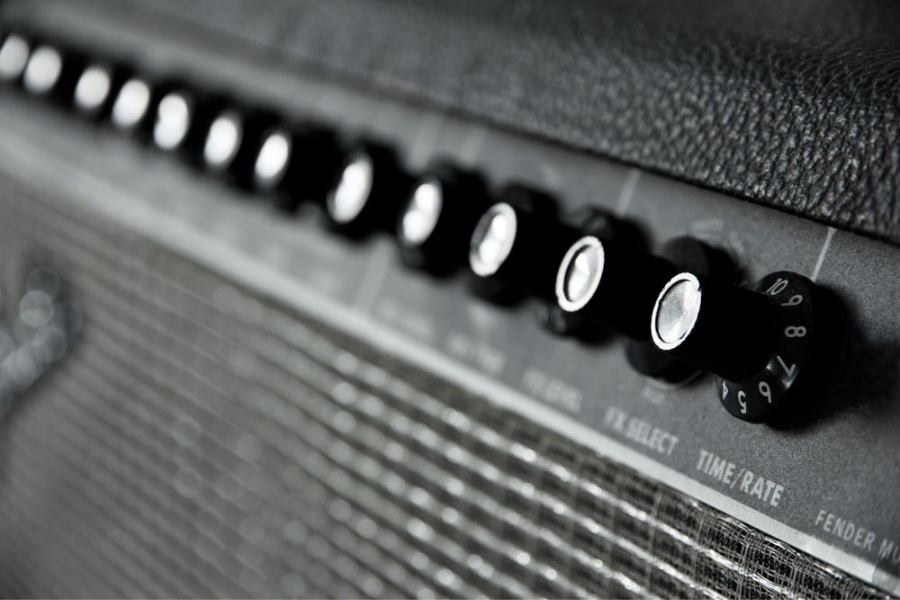
Channel Switch: Many amps offer a ‘clean channel’ for pure, unaltered tones and a ‘gain’ channel for when you need that extra bite. The channel switch lets you flip between these with ease, making it a breeze to switch up your sound mid-performance.
EQ: The EQ section is where you tailor your tone. With controls typically labeled ‘Low’, ‘Mid’, and ‘High’, you can adjust the balance of frequencies to perfect your sound. Some amps even throw in extra options or a graphic EQ for more precise tweaking.
Reverb: Reverb is your sound’s best friend, adding dimension and depth. It’s like playing in a cathedral or a spacious hall, all from the comfort of your practice space.
FX: Modern amps often come loaded with built-in digital effects. From chorus to delay, these presets can add layers and textures to your sound without the need for external pedals.
Tuner: An increasingly common feature, built-in tuners are a lifesaver, especially if your standalone tuner has vanished into the abyss of your gig bag.
Connectivity:
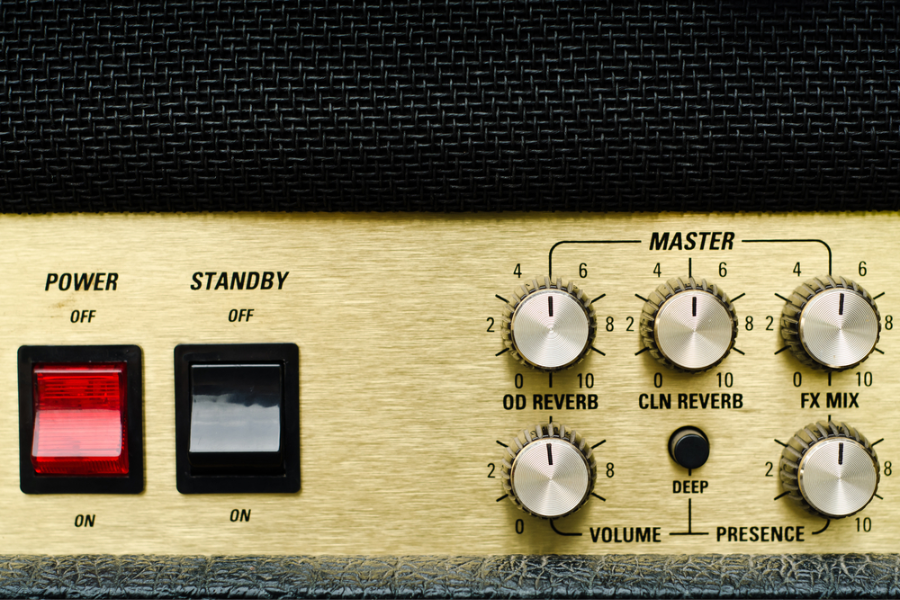
- Input: Where your guitar cable goes. Usually front and center.
- Mains Input: Powers up your amp, typically found at the back.
- Footswitch: For toggling between channels without touching the amp. A must-have for live play.
- Effects Send/Return: Integrates external pedals into your setup without losing tonal quality.
- Line Out: Connect your amp to external audio gear without fuss.
- Speaker Out: For when you need to connect additional speaker cabinets to expand your sound.
- Headphone Jack: Practice without disturbing the peace.
Why do you need an amp for an electric guitar ?
The problem is that your electric guitar is going to be very quiet and hard to hear if you play an electric guitar without an amp. An amplifier will take the weak electric signal from the pickups and boost their volume so that other people can attend them. So, an amp is an essential part of learning electric guitar.
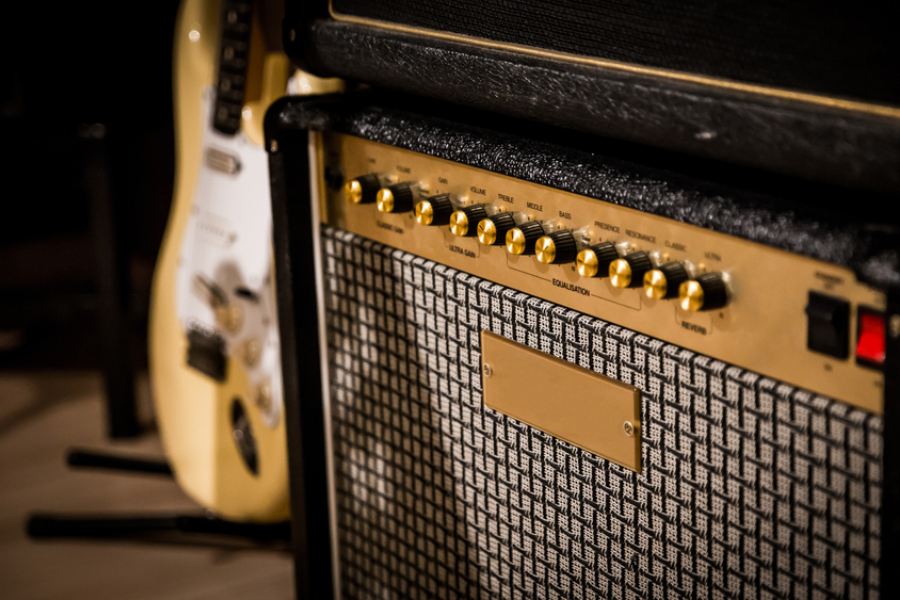
Amplifiers do more than make things louder. They shape and define your sound, adding texture and depth to your music. Whether you’re into the clean, crisp sounds of jazz or the gritty distortion of rock, your amp is the tool that helps you dial in those tones. It’s like the paintbrush to your canvas, allowing you to create the music that’s in your heart
And then there are effects: reverb, distortion, delay—these are the spices in your musical stew. With an amp, you’re not just playing notes; you’re crafting an auditory experience. These effects let you explore new territories, adding layers of emotion and excitement to your playing.
How to set up an amp for an electric guitar ? (Step-by-step to set for a great tone )
Step 1: Connect Your Electric Guitar to the Amp
Start by plugging your guitar into the amp using a standard instrument cable. Make sure both the guitar and the amp are off to avoid any loud, unexpected noises.
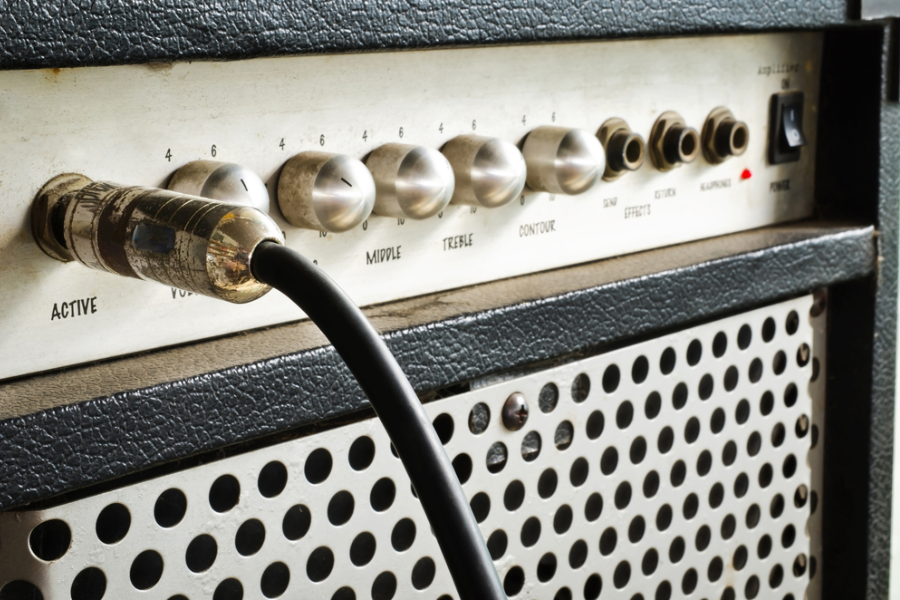
Step 2: Prep Your Guitar
Before we touch the amp, let’s set your electric guitar up for success. Turn all the controls on your guitar (volume and tone knobs) to their maximum settings. Choose your preferred pickup by flipping the pickup selector switch. This is all about letting the full character of your guitar shine through.
Step 3: Initial Amp Settings
Now, onto the amp. We’ll start with everything dialed down to ensure we don’t blast our ears off. Here’s a quick checklist:
Volume and Gain: Start with these all the way down to avoid any surprises.
Tone Controls (Low, Mid, High): Set them to a neutral position, usually at 50% or what we call 12-o’clock on the dial. If your amp has a graphic EQ, start with a flat setting across the middle.
Reverb and FX: For now, keep these turned down. We want to start clean and simple.
Step 4: Power On
With everything set, turn your amp on. If it has a standby mode, use it to let the amp warm up a bit first, especially if it’s a tube amp.
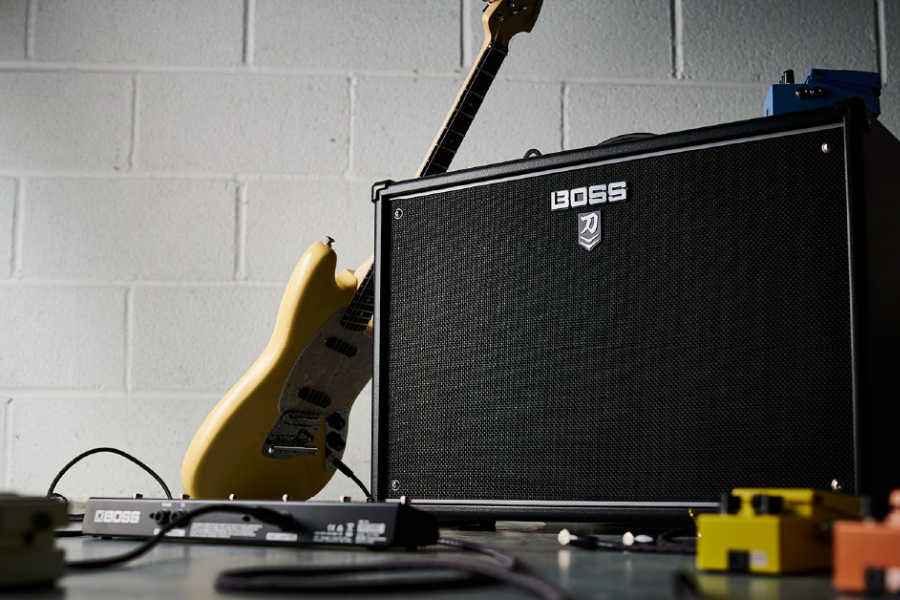
Step 5: Finding Your Clean Sound
Let’s find your clean tone. If your amp has a clean channel, switch to it. Slowly increase the main volume control until you reach a comfortable listening level. You’re listening for clarity, warmth, and how well it represents your guitar’s natural sound.
Step 6: Playing with Gain
Now for the fun part—let’s get into some gain. If your amp has a separate gain channel, switch to it. With the main volume low, bring the gain up to about halfway, then slowly increase the volume to a comfortable level again. This is where you can start experimenting. More gain isn’t always better; find that sweet spot where it adds the right amount of edge or distortion to your sound without muddying it.
Final thoughts on how to set up an amp for electric guitar
Amp setup isn’t as simple as following instructions; it’s an adventure into discovering your own unique sound. What goes well with one guitar and amp set up could not with another since every instrument and amplifier is different.
Follow these guidelines as a guide, but don’t be hesitant to make adjustments and try new things. Keep in mind that you should strive to get the sound that makes your electric guitar sing. Just plug it in, experiment, and have fun with it!




